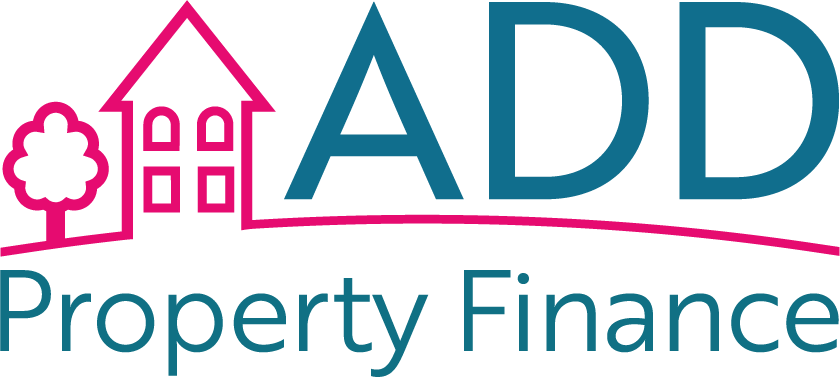Entering the world of buy-to-let property investment is an exciting venture, but it also comes with a set of legal obligations and regulations that homeowners must navigate. Understanding these legal aspects is essential to ensuring compliance and a smooth investment journey. In this guide, we’ll provide you with an overview of the key legal obligations and regulations that homeowners must adhere to when investing in the buy-to-let market.
1. Tenancy Agreements
One of the fundamental legal aspects of buy-to-let is the tenancy agreement. This document outlines the terms and conditions of the tenancy, including rent, deposit, responsibilities, and eviction procedures. Ensure your tenancy agreements are well-drafted, legally compliant, and clear to avoid disputes.
2. Tenant Deposits
By law, landlords in the UK are required to protect their tenants’ deposits in a government-approved deposit protection scheme. This ensures that tenants receive their deposits back at the end of the tenancy, provided they meet the terms of the agreement.
3. Health and Safety
Buy-to-let properties must meet certain health and safety standards. Landlords are responsible for conducting gas safety checks, electrical safety checks, and ensuring that the property is free from hazards. Compliance with health and safety regulations is crucial to protect tenants and avoid legal issues.
4. Energy Performance Certificate (EPC)
Landlords must provide tenants with a valid EPC that rates the property’s energy efficiency. It’s a legal requirement to include this certificate in property listings, and it helps tenants make informed decisions about energy costs.
5. Right to Rent Checks
Before renting to tenants, landlords must carry out right to rent checks to verify that tenants have the legal right to live in the UK. Failing to do so can result in significant fines.
6. Maintenance and Repairs
Landlords have a legal obligation to maintain the property in a safe and habitable condition. This includes addressing repairs promptly and ensuring that essential services like heating and plumbing are in working order.
7. Fire Safety
Compliance with fire safety regulations is paramount. Landlords must provide smoke detectors and carbon monoxide alarms in the property and ensure that escape routes are safe.
8. Licensing and HMOs
If you’re renting to multiple tenants who aren’t part of the same household, your property may be classified as a House in Multiple Occupation (HMO). HMOs often require additional licensing and compliance with specific regulations.
9. Rent Increases
When increasing rent, landlords must follow legal procedures and provide tenants with appropriate notice. Rent increases must be fair and in line with market rates.
10. Evictions
If you need to evict a tenant, it must be done legally through the proper eviction procedures. Eviction laws and timelines can vary, so it’s essential to follow the correct process to avoid legal complications.
Conclusion
Navigating the legal aspects of buy-to-let investments requires careful attention to detail and compliance with regulations. Ignoring legal obligations can lead to costly disputes and fines. To ensure a successful and compliant buy-to-let journey, it’s advisable to seek legal advice, keep up-to-date with changes in regulations, and maintain transparent and professional relationships with your tenants. Compliance with legal requirements not only protects your investment but also fosters positive tenant-landlord relationships.







